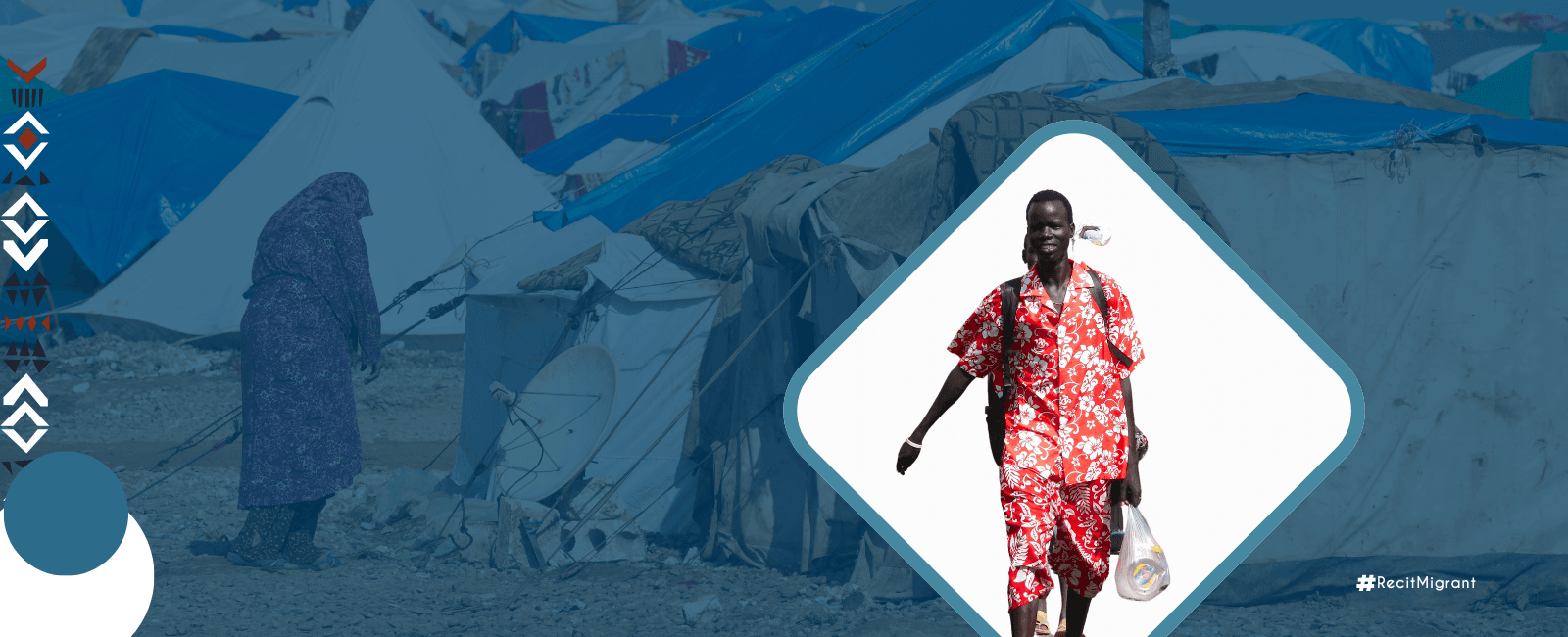

The humanitarian situation in eastern Chad is reaching a critical point. The provinces of Ouaddaï, Wadi Fira and Sila are now hosting nearly one million people fleeing the war in Sudan. Yet even before this massive influx, joint assessments by the Chadian government and humanitarian organisations indicated that two out of three people in these areas already required humanitarian assistance as of early 2023. An estimated 2.4 million people, including men, women and children, now require immediate aid.
Amid this crisis, local communities have demonstrated remarkable generosity. However, two years into the Sudanese conflict, the strain is becoming unsustainable. Severe shortages of water, food, shelter and medical care are deeply impacting living conditions.
Mass arrivals destabilise local equilibrium
Since 15 April 2023, over 769,000 Sudanese refugees and 216,000 Chadian returnees have crossed into Chad, according to the UN Refugee Agency (UNHCR) and the International Organisation for Migration (IOM). These numbers add to the 400,000 refugees who have fled Darfur since 2003. In 2025 alone, projections estimate more than 50,000 additional refugees and 24,000 returnees. These figures could rise to 250,000 and 40,000, respectively, by year’s end (2025).
The influx is concentrated at more than 32 border entry points, primarily in Chad’s eastern provinces. Women and children account for 88% of the new arrivals, underscoring the acute vulnerability of this ongoing crisis.
Growing pressure on resources and social fabric
The partial closure of the border with Sudan in April 2023 disrupted traditional trade routes, triggering sharp increases in staple food prices: millet and sorghum have risen by over 50% in markets such as Abéché and Goz-Beïda. In this semi-arid region, access to water has become a critical concern. Existing wells and boreholes can no longer meet the demands of a population that has nearly doubled.
The local economy, largely driven by small-scale trade and crafts, is buckling under the pressure. Both Chadian nationals and refugees are vying for limited job opportunities, fuelling the rise of informal and illegal activities and heightening the risk of recruitment by armed groups active in the region.
Tensions over the distribution of food and essential items are recurring in displacement camps. Women and children, often tasked with fetching water and firewood, sadly face heightened risks of violence and assault. Humanitarian actors warn that without strengthened protection measures, these already vulnerable groups remain at serious risk.
Overview of most affected provinces in eastern Chad
Ouaddaï stands at the epicenter of the crisis, currently hosting nearly 646,000 refugees. The camps in Adré and Toumtouma are severely overcrowded, and the demand for clean drinking water has doubled in just three months. Soaring inflation is further deepening the vulnerability of already fragile households.
In Sila, the town of Goz-Beïda is sheltering more than 148,000 displaced people. Local health systems are overwhelmed, facing acute shortages of vaccines, a lack of adequate sanitation facilities, and recurring outbreaks of measles and dengue fever.
In Wadi Fira, the towns of Iriba and Guéréda are accommodating around 126,000 refugees in transit camps. Seasonal rains render rural roads impassable, cutting off villages and severely limiting the delivery of humanitarian aid.
Call for international solidarity
On 15 April 2025, marking the second anniversary of the conflict in Sudan, François Batalingaya, the United Nations Humanitarian Coordinator in Chad, issued a stark warning in an open letter. He urged the international community not to turn a blind eye to the escalating crisis.
“The 2025 Humanitarian Response Plan,” he emphasised, “aims to deliver essential services: food, healthcare, shelter and clean water to more than two million people. But without urgent and increased funding, this response is at serious risk of falling short.”
Turning crisis into an opportunity for resilience
As the conflict in Sudan enters its third year, humanitarian actors emphasise that behind the numbers are real human lives. For Chad, this is not merely a temporary emergency, but a long-term challenge that demands sustained attention.
By integrating humanitarian aid with investments in local development, infrastructure, and intercultural dialogue, Chad has the opportunity to transform this crisis into a foundation for social cohesion and lasting solidarity, particularly in its vulnerable eastern provinces.


